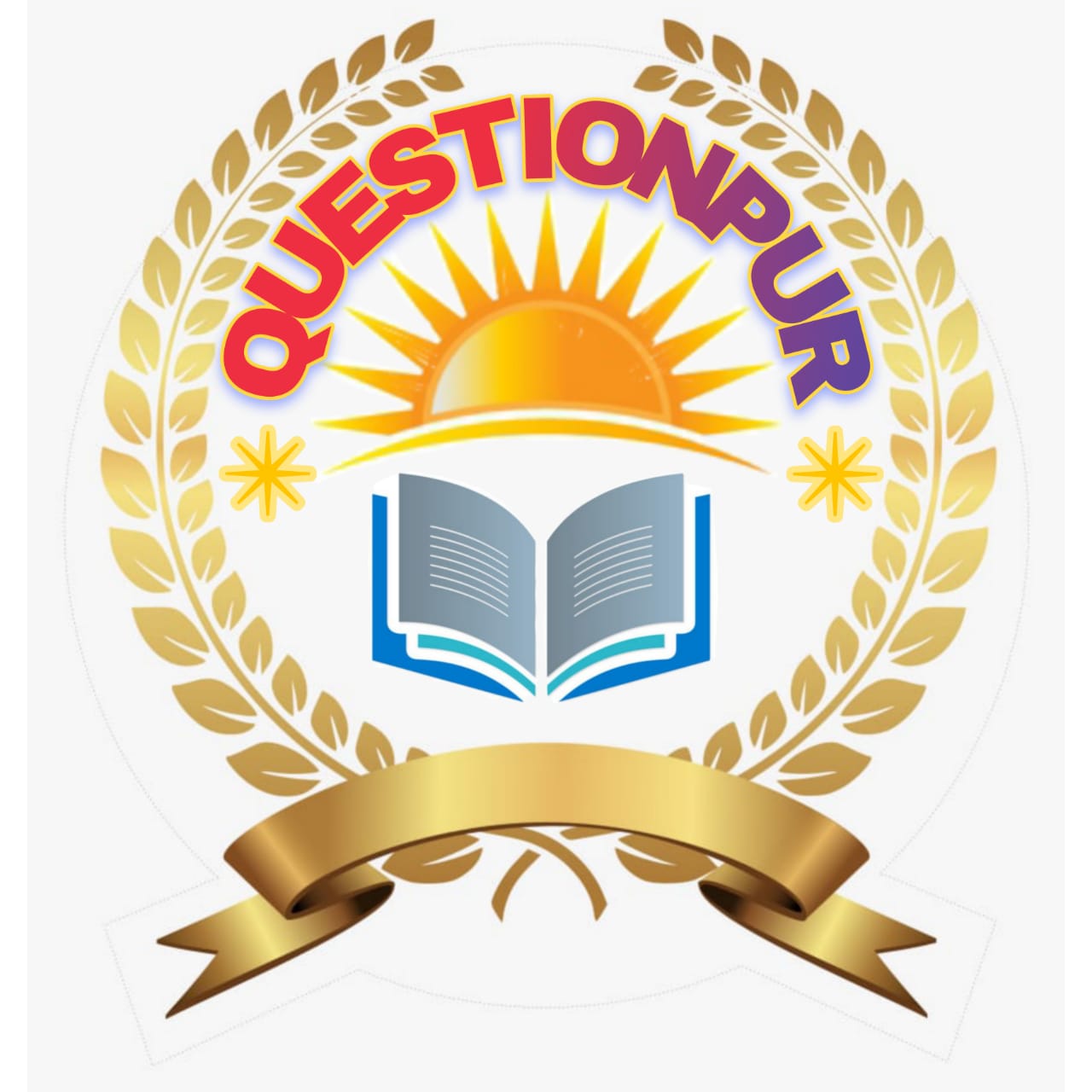Intensive Reading
Meaning:- Intensive reading or detailed study is the minute study of the prescribed text. Emphasis is laid on language information and grasping the material being read.
The Dictionary of Education defines, "Intensive Reading is a careful reading with attention to details of grammar, meaning, mechanism of expression, etc."
Intensive reading involves-
(i) Assimilation of language which consists of vocabulary that covers the meaning and usage of words and phrases.
(ii) Rules of grammar and their application-The basic sentence patterns, structures etc. are included. Regular reading makes the learner understand the basic sentence patterns, structures, determiners, prepositions, etc.
(iii) Grasping of the senses and getting information.
Aims of Intensive Reading
(i) Improve and extend the knowledge and command over English. Help the students to speak English correctly.
(ii) Enable the students to use the English language with confidence and make them concentrate on the language with care.
(iii) Enhance the vocabulary of the students.
Stages:-
Step I
Introduction:
This is the first step of intensive reading. The teacher introduces the text for reading for which he uses one of the following methods-
Presentation of the background of the given text
The teacher gives an introductory talk on the given text for reading This talk should be short and crisp and create interest in the student regarding the passage to be read.
Introductory questions
Based on the previous knowledge of the students, the teacher may ask certain introductory questions. The teacher may ask four to five questions to relate the previous knowledge to the reading passage to be read.
Revision questions -
If a part of the chapter has already been taught, the teacher can ask some revision questions with the sole aim to take a quick revision of the already taught matter. These questions would give the students an idea about the text being taught.
Step II
Model Reading:
After the introduction, the teacher reads aloud a passage from the lesson with correct pronunciation, intonation, stress, pause, etc. At the time of the model reading the students follow by-looking into their books and attentively listening to the model reading.
The speed of the model reading should be moderate - neither too fast nor too slow. The teacher should observe the-facial expression of the students to find out if they are able to follow comfortably.
Even Morris advises that a considerable part of the course should be taken up by the teacher as a part of model reading and in due course exploring the dramatic possibility. In the case of poetry the model reading is done twice. The first model reading is done and the students keep their books closed. They just attentively listen. During the second model reading the students open their book.
Step III
Reading by the Students:
The third step involves the students The teacher would ask the students to read one by one loudly. The rest of the class listens attentively and the teacher notes down all the mistakes. After the reading is finished then the teacher should point out the mistakes. The teacher can themself do some reading to correct the mistakes.
Certain suggestions according to F.G. French are-
(i) Never let any one student read at length. Seeto\it that maximum number of students get an opportunity to read.
(ii) The teacher should stand at the centre of the class from where he is visible to all the students. He should avoid moving up and down the class because the students tend to get distracted by such movement.
(iii) Chorus reading should be avoided. Finding out the mistakes of individual readers in the group would be very difficult.
(iv) if a child is unable to pronounce a word completely, the teacher should pronounce it himself to avoid unnecessary delay. Often some over enthusiastic teachers try to get the correct pronunciation from the student himself and this takes up a lot of time in the class.
(v) Never reprimand a student who cannot read well. Every student has a different level of IQ and capacity to comprehend. If a student does not read well, the reason should be found out and accordingly the problem should be solved.
The teacher should try to provide individual attention to weak students.
Step IV Explanation: After the teacher is satisfied by the reading, explanation of difficult words, phrases and sentences of the passage should be taken up. The explanation can be done by citing antonyms, synonyms or the use of the word in the sentence. For further exploiting the teacher can draw it on the black board to make the concept clear. The explanation of the sentence can be done in two ways either explaining in simple English or giving the meaning in the mother tongue.
Step V-
Comprehension questions:
Comprehension questions are asked to evaluate the achievement of the students. It is important to have the knowledge of how far the students have understood the passage. The aim of asking comprehension questions are told by P.O. French-'
- Ensure that the students have understood the general meaning of the passage.
- A special study of the vocabulary used in the read out text.
- Make the class lively by asking intelligent questions both direct and indirect.
These comprehension questions are very helpful in developing the confidence level of the students for the use of English. The comprehension test is very useful to create interest in students for English because such activity develops creativity in students and "enhance their knowledge of language.
Read More-





